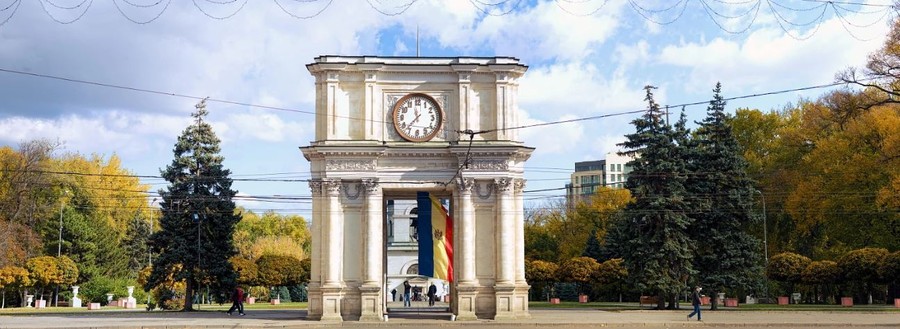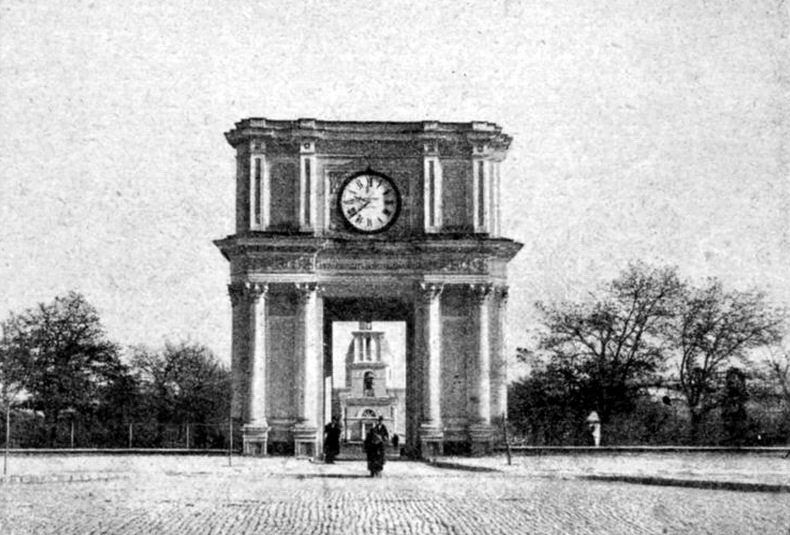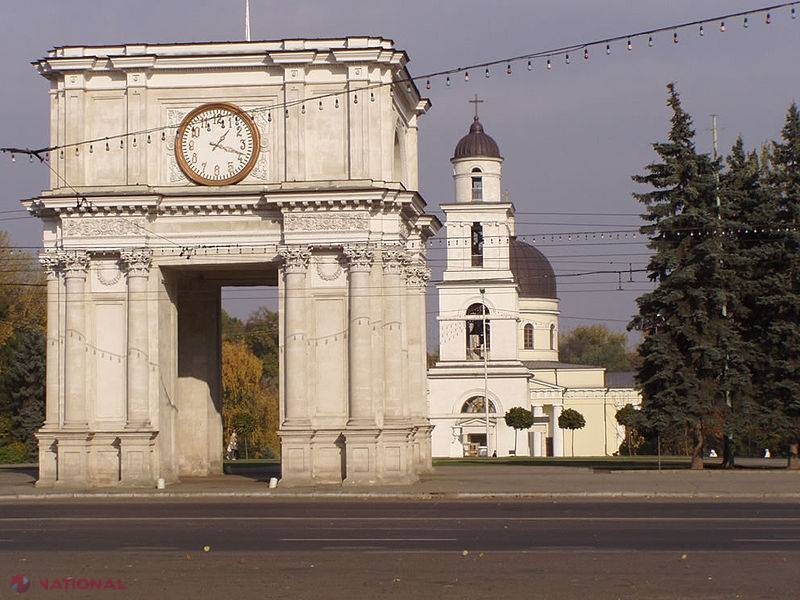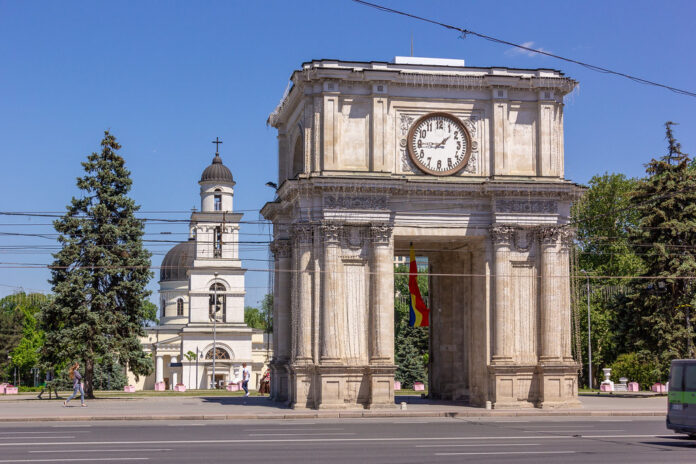From an architectural standpoint, a triumphal arch is a structure resembling an arched portico, often with multiple arches, built to commemorate a significant event or honor a renowned individual. In terms of urban planning, it is usually situated in one of the city squares, serving as a focal point along the main thoroughfare or at the heart of urban infrastructure.
The tradition of constructing triumphal arches has continued into modern times, and they can be found in numerous European capitals, including Chișinău.

Here are some interesting facts about this historic monument:
Historically, Chișinău had several triumphal arches, but only one has survived to this day. The existing arch, designed by Odessa architect Luka Zaușchevici in 1841, took inspiration from the similarly named structure in Rome.
Over time, the monument has been known by different names: Arch of Triumph, Arch of Victory (during the Soviet era), and Holy Gates.

FOR THE MOST IMPORTANT NEWS, FOLLOW US ON TWITTER!
Situated in present-day Chișinău, the Triumphal Arch is an integral part of the architectural complex in the city center. Made of polished white stone, it has a square shape with four openings aligned with the main axis of the Metropolitan Cathedral of the Nativity of God (1830) and the Cathedral Bell Tower (1835). Standing at a height of 13 meters, the monument features ceramic ornaments and capitals designed in the Corinthian style. Its foundation consists of four massive Corinthian pillars, which also serve as pedestrian walkways, while the upper level is adorned in a classical style.
Craftsman Vasily Losenko from Kyiv gubernia cast three bells for the Nativity Cathedral Bell Tower, including a massive 6.4-ton bell, which became the largest in the city. The bells were inscribed with the text “By the kind permission of Tsar Nikolai I in 1838” and “For the Nativity Cathedral in Chișinău” on the edge. To accommodate the oversized bell, an architectural addition in the form of a triumphal arch was constructed. This arch served as a bell tower, symbolizing the victory of the Russian army in the Russo-Turkish war, and also served as a grand entrance to the Cathedral park. The installation of the giant bell took place in August 1839.
The bells in Chișinău, as well as some for churches in Ismail, were crafted from Turkish cannons captured by A. Suvorov (1729-1800) during the military actions in Ismail (1790).
Constantin Ivanov from Chișinau pledged his property as collateral, worth 1000 rubles, to undertake the repair of the bells.

Inside one of the pillars of the Triumphal Arch in Chișinău, there is a metal ladder leading to the second level, where the clock is located. The first clock for the monument was purchased from donations made by Pavel Fyodorov, the governor of Bessarabia, and was installed on August 3, 1839. From 1842 to 1849, the clock was maintained by the clockmaker Spiller, and in 1880, it was replaced with a clock from the Hertz factory in the German city of Ulm. The clock chimed every quarter of an hour. During the early stages of World War II, the clock was destroyed in an explosion, but it was repaired in 1942 at a cost of 18,000 lei.
In 1945, marble memorial plaques dedicated to the Soviet patriotic scenes of the Second World War and the names of Soviet Union heroes who fought on the territory of Soviet Moldova were fixed on the Arch of Triumph in Chișinău. The inscriptions were removed in 1991.

The Arch of Triumph in Chișinău is one of the five most beautiful in the world.


